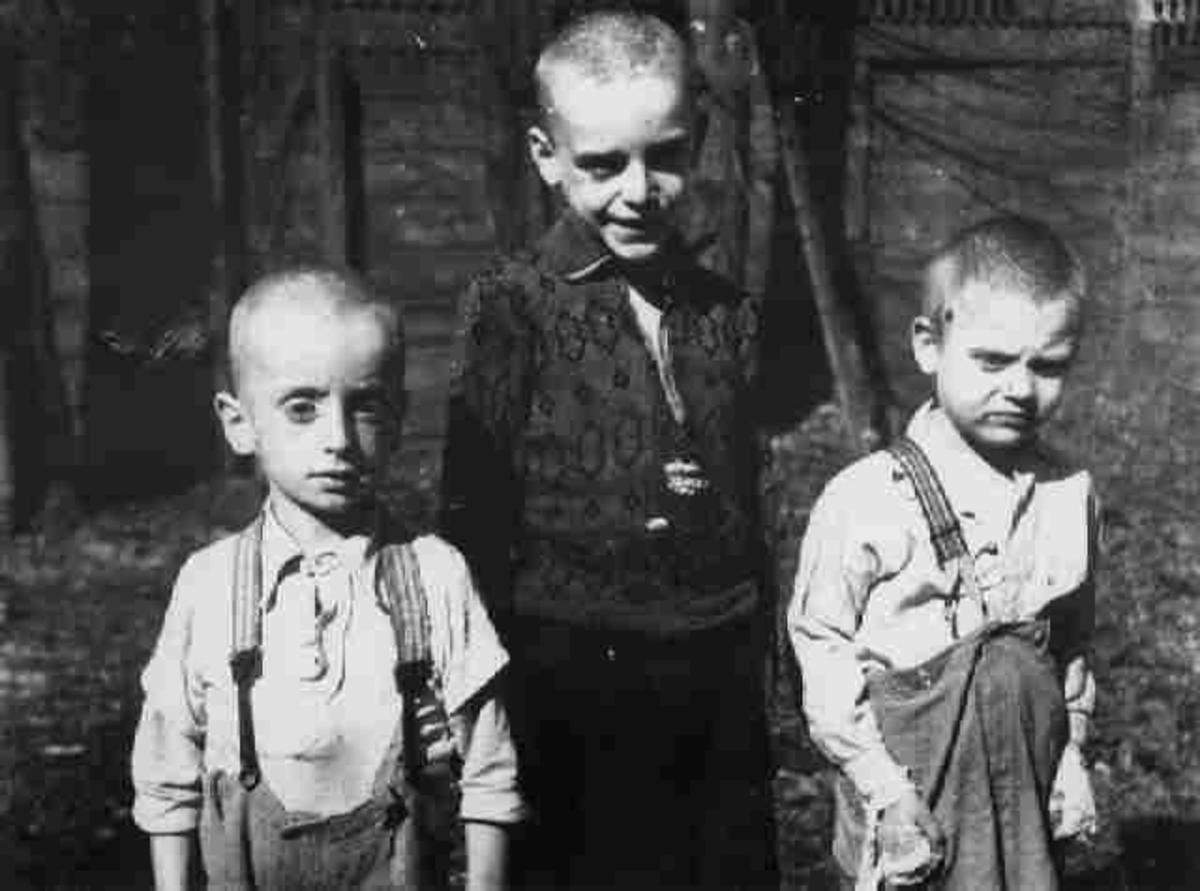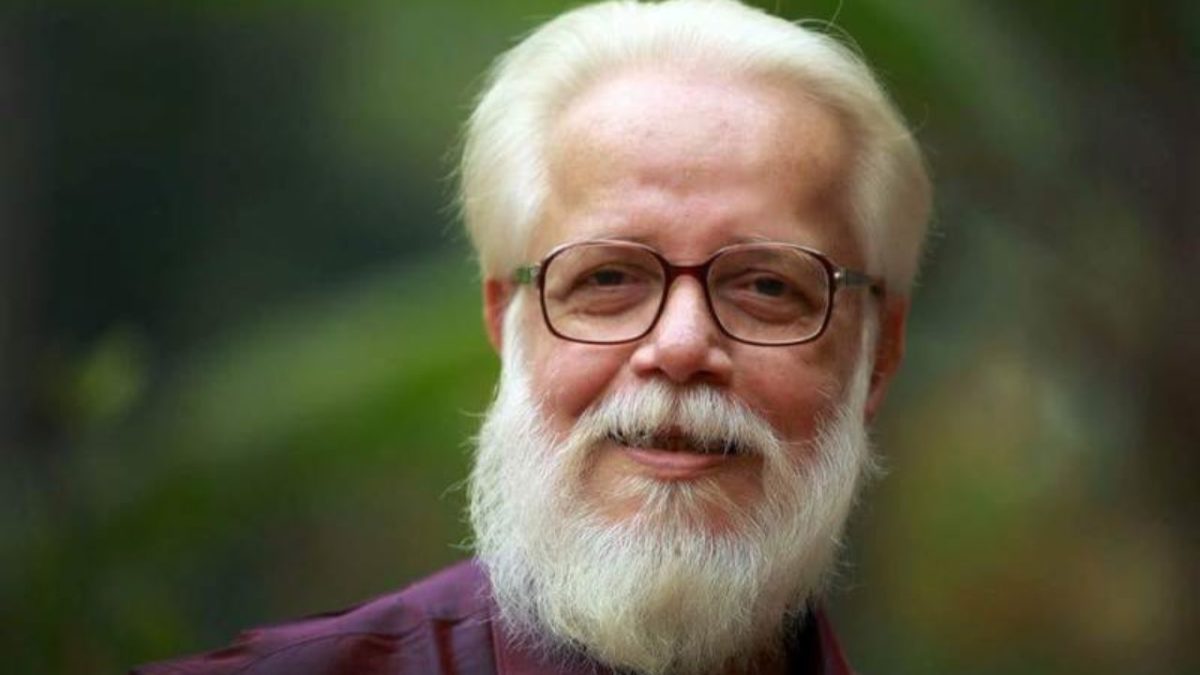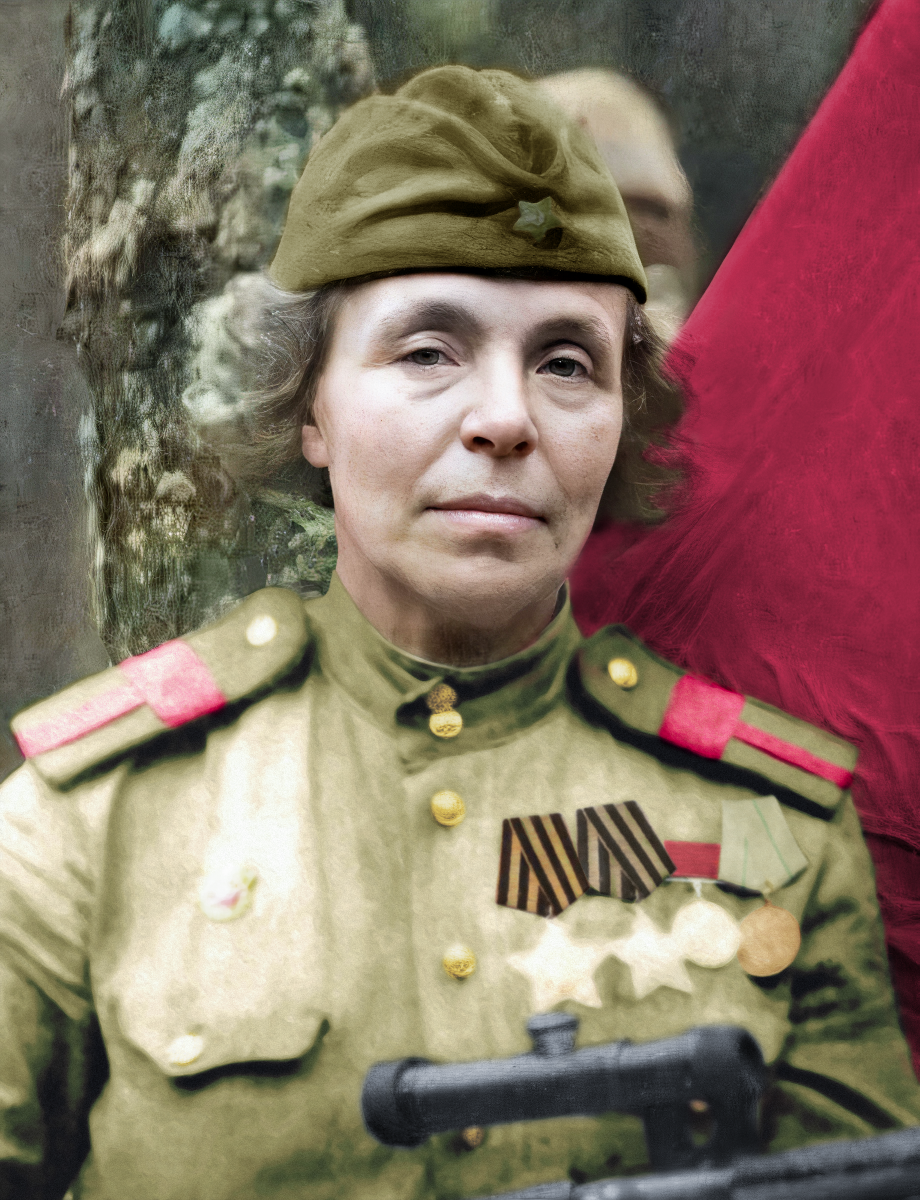- HubPages»
- Education and Science»
- History & Archaeology»
- History of the Modern Era»
- Twentieth Century History
The Round Up and Deportation of French Jews during World War Two
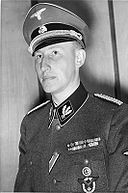
Operation Spring Wind
On May 5th 1942 Reinhardt Heydrich arrived in Paris and went over the plans for the deportation of the French Jews. He did not see any problems from the Vichy government and if they did he was prepared to offer a slight reduction in the government’s daily payment to the Reich. The roundup of Jews in occupied Europe was named after him, Operation Reinhardt, but it was split into two parts, “Operation Sea Spray” for Eastern Europe and “Operation Spring Wind” for Western Europe.
Identification of Jews to be arrested in Paris
At a meeting at Gestapo Headquarters on The Avenue Foch on July 7th 1942 , Darquier now head of the CGQJ chairman of the Group on Jewish questions, met with other French officials and the Gestapo to plan the final details of Operation Spring wind. The plan was that 28,000 foreign and stateless French Jews would be arrested in Paris between Monday July 13th and Wednesday July 15th - the records of the French police were provided and consulted, exactly 27,388 people were identified – the records had been rigorously compiled. A round up force of approximately 9000 French officials were given instructions to arrest the required amount of Jews. They were told to arrest German, Austrian, Polish, Czech, Russian and stateless Jews. Men and women aged between 18 and 60 years were to be arrested but also women aged 60-65 years. As with all French anti-Semitic moves there were exceptions , those women who were about to give birth and those who were still breast feeding or had a child under two years of age; wives of prisoners of war or widows and widowers who had been married to non-Jews. The roundup was postponed until July 16th as the 14th was Bastille Day and it was felt that the French populace might react violently if they saw the round up on a day of national celebration
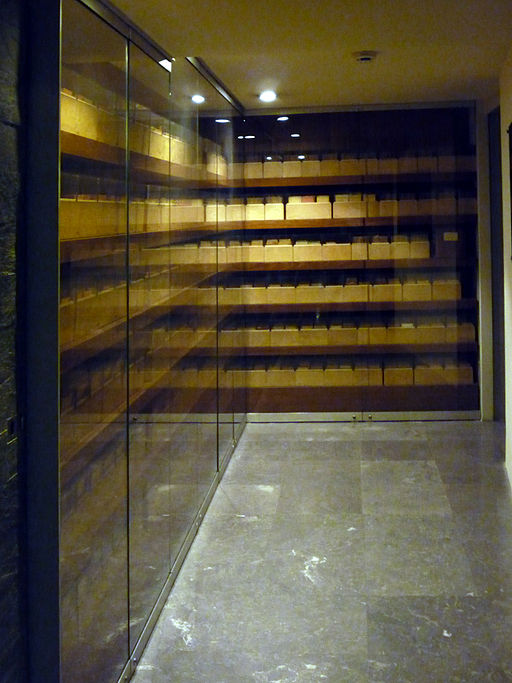
The raids took place early in the morning
People working in police stations who got wind of the operation tried to warn Jews but little could be done to let people know and once they did know there was little in the way that they could escape. Some people felt safe, perhaps they had served in the French military and thought that this would save them, or their children had been born in France and were therefore French citizens. In previous round ups only the men had been taken so it was felt by the majority that the women and children were safe. The French people who were up early that day saw the Jewish families hurried into the trucks and by 11am most of the arrests had been made with the French police returning to their work to check if any strays had returned to their homes. The people were taken to local sorting centres- any large public area, such as a school hall or sports arena where those who were single or did not have children were sent straight to the camp at Drancy the others were taken to the Velodrome d’Hiver.
Velodrome d'Hiver
The Velodrome d’Hiver was a sports stadium in Paris for cycling; it also doubled as a large arena for political meetings. Over 7000 Jewish people were crammed into the stadium which had only five toilets available. Owing to the amount of people these soon became blocked and people were forced to relieve themselves wherever it was convenient. These conditions prevailed for 8 days with the only help being provided by the Quakers, the French Red cross and the few doctors and nurses who were allowed to enter. People became hysterical; no leniency was given the French police refused to let them find food and water outside.
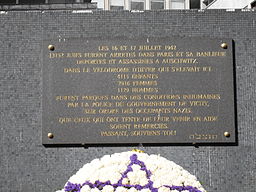
On July 18th a German report detailed the final results of the round up, 12,884 Jews had been taken 3,031 men, 5,802 women and 4,051 children. More women and children were taken because it was the men that had hidden as previous round ups had only taken the men. In the report it was stressed that “The French population repeatedly expressed pity for the arrested Jews, especially for the children” it criticised the method of arrest that it “was not done in a discreet manner” so the non-Jewish population had the chance to meet and talk in small groups about the arrests taking place in front of them. The Jews were transported to Drancy for their ultimate destination at Auschwitz. Of the 12,884 Jews arrested on this roundup less than 400 survived the death camps. Of the 4,051 children who were arrested, not one survived.
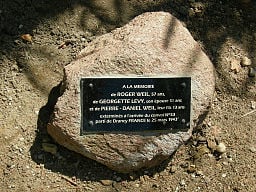
In all of France approximately 70,000 to 80,000 Jews were deported to Germany and subsequently taken to concentration camps, from which few returned. A large amount of these people had been rounded up and sent to the Germans by the French police. An example of this is from Clermont –Ferrand near the Vichy governments headquarters. There were three roundups by the French Police In August 1942 and February and March 1943, either during the night or the early hours of the morning. The people who were arrested were taken to central points and examined before being shipped out.
After the first round up in August 1942 over 50 per cent of people on the lists escaped, many had been warned by lowly government officials and hidden by the French people. It was large scale complicity with the need to save fellow French men who happened to be of the Jewish faith. This shows that the government’s anti-Semitic propaganda and policy was rejected. The government records of the time have been preserved and there are lists complete with markings which show who is to be arrested and who will be left alone this time. There are receipts for purchases, for example four bales of hay for the rail trucks, presumably to sit on and details of the food given for the journey which could take some days- two tins of fish, 100 grams of seasoning, 60 grams of jelly,700 grams of bread and half a litre of wine! Almost as if it were a picnic lunch for a day trip to the countryside!
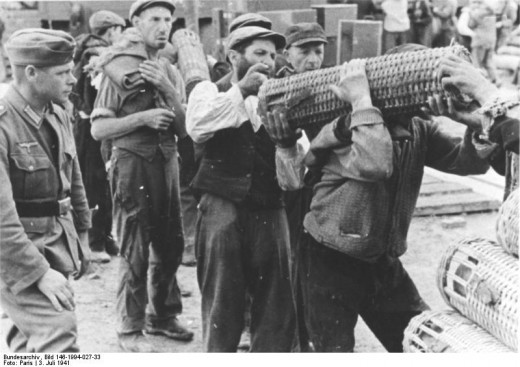
After the August round up when the Vichy admitted that about 50 per cent of its targets had escaped the Government ordered the local prefects to intensify their searches, using all means at their disposal to find the missing people. An Example of this is in September 1942 the prefet delegue for the Puy-de-Dome area wrote instructions to find and arrest 93 foreign Jews who had escaped the August round up in Clermont. In his original instructions the prefect ordered his men to push their investigation “to the farthest removed farms or dwellings in their department”. The order sent to the police and gendarmerie called for an “active search” and by October the police had been advised to use discreet methods to find the addresses of the fugitives. By the March 1943 round up the French police in the Puy de D’ome were taken out under cover of darkness to “avoid being seen by the general public” and the men were not informed of their destination or what they had to do, until they got to the job. The police authority was not convinced that with prior knowledge someone on the police would not warn the Jewish targets or simply the police would feign illness and not turn in for work
It has been argued that the survival of so many Jews who had been targeted for removal and extermination can only be understood in the context of living in a country where so many people (thousands) offered food, shelter or refuge, or simply did only offered their silence, in that they did not report anything that they saw. This has also to be seen in the context of a country where words were dangerous and secrets could be listened to and spread to opposing ears with devastating consequences not only for the Jew but also the person who helped them.


